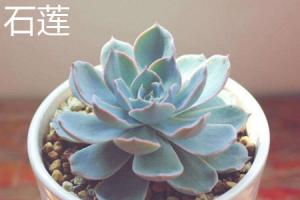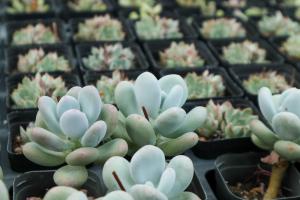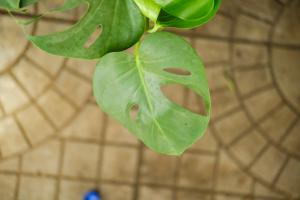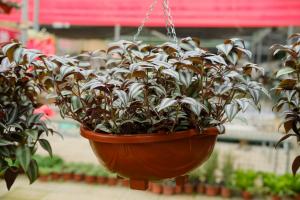How to Fertilize Potted Tomato Plants
Tomatoes are one of the most commonly grown vegetables in home gardens. Whether you have a small balcony or a large backyard, you can grow tomato plants in pots. However, potted plants require extra care, including regular fertilization. Here's how to fertilize potted tomato plants:
Choose the Right Fertilizer
Before you begin fertilizing your potted tomato plants, it's important to choose the right type of fertilizer. You will want a well-balanced fertilizer that includes nitrogen, phosphorus, and potassium. Look for a fertilizer that is labeled specifically for vegetables or tomatoes. You can also opt for an organic fertilizer, which will feed your plants without adding synthetic chemicals.
Apply Fertilizer at the Right Time
Once you have the right fertilizer, it's important to apply it at the right time. The best time to fertilize potted tomato plants is when they are actively growing. This is usually during the spring and summer months. You should also fertilize your plants after you transplant them into their pots. However, you should avoid fertilizing your plants during the winter months when they are dormant.
Apply Fertilizer Properly
When applying fertilizer to your potted tomato plants, it's important to do it properly. You should follow the instructions on the fertilizer package, using the recommended amount for the size of your pot. You can also mix in some fertilizer with the soil before you plant your tomatoes. Additionally, you can add a slow-release fertilizer to the soil, which will gradually release nutrients over time.
Consider Foliar Feeding
In addition to applying fertilizer to the soil, you can also consider foliar feeding. This involves spraying a liquid fertilizer directly onto the leaves of your tomato plants. Foliar feeding can be especially helpful in providing an extra boost of nutrients during times of stress or growth. However, you should be careful not to overdo it with foliar feeding, as too much can damage your plants.
Monitor your Plants
Finally, it's important to monitor your potted tomato plants after fertilizing them. Watch for signs of over- or under-fertilization, such as yellowing leaves or wilted stems. You can also use a soil test kit to check the nutrient levels in the soil. If you notice any issues, adjust your fertilization schedule accordingly.
By following these tips, you can ensure that your potted tomato plants are getting the nutrients they need to grow strong and healthy. With a little extra care, your tomatoes will produce an abundant harvest that you can enjoy all season long!

 how many times do yo...
how many times do yo... how many planted tre...
how many planted tre... how many pine trees ...
how many pine trees ... how many pecan trees...
how many pecan trees... how many plants comp...
how many plants comp... how many plants can ...
how many plants can ... how many plants and ...
how many plants and ... how many pepper plan...
how many pepper plan...
































